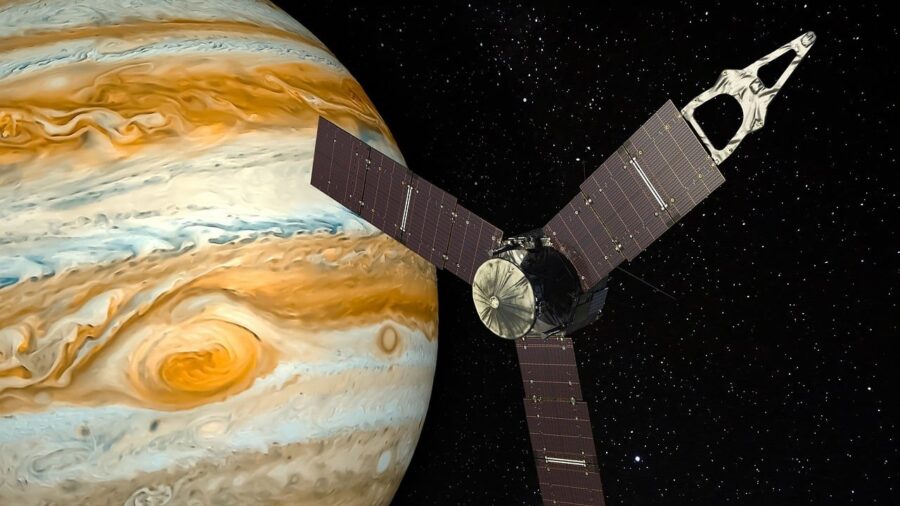Warm Jupiter Discovery Could Be The Celestial Missing Link

NASA can only do so much when spotting and cataloging everything in the night sky. NASA’s Transiting Exoplanet Survey Satellite (TESS) has glimpsed over 7,000 potential planets orbiting other stars, but the organization has only had time to confirm a fraction of them. It’s up to amateur astronomers to pick up NASA’s slack, and backyard stargazers recently found an exoplanet 300 light-years from Earth belonging to a new class of planet known as a “warm Jupiter,” furthering our understanding of how giant planets form and evolve.
The Missing Celestial Link Between Cold And Hot Jupiters

This warm planet exists in a transitional stage halfway between a “cold” Jupiter and a “hot” Jupiter. Hot Jupiters are exoplanets that orbit scorchingly close to their stars. Cold Jupiters, conversely, stay much farther from their suns, like the Jupiter we have here in our solar system.
Astronomers say figuring out the history behind this warm Jupiter would help them learn more about the way giant planets evolve. Scientists could use the new exoplanet to help determine if hot Jupiters are born close to their suns or if they form farther out and later move inward. The more astronomers learn about Jupiters outside of our solar system, the more they understand our own Jupiter and, by extension, the Milky Way as a whole.
Warm Jupiter Discovered By Backyard Astronomers

The newly discovered warm Jupiter’s proper name is TIC 393818343 b—although “warm Jupiter” is arguably more fun to say. Two amateur science networks, the UNISTELLAR Network and NASA’s Exoplanet Watch, have confirmed the exoplanet’s location 300 light-years from Earth. All the amateur astronomers involved used their own telescopes to observe the fading light of a nearby star.
A Cosmic Collaboration

When a star grows dim, it’s a sign that an orbiting planet is passing between it and the detectors on Earth. UNISTELLAR detected the initial passing or “transit” of the warm Jupiter. From there, they predicted when it would happen again and alerted NASA.
Meanwhile, NASA had its Exoplanet Watch group watch the star when UNISTELLAR specified. Lo and behold, the Exoplanet Watch detected two more transits, confirming the warm Jupiter’s existence. The discovery helped to demonstrate just how vital amateur scientists are to the scientific community.
The Wonders Of Amateur Astronomy

Every day, scores of backyard astronomers and other science hobbyists contribute to our greater understanding of the cosmos. Darren Rivett, one of the amateurs who helped confirm and characterize the warm Jupiter, still can’t believe he was part of such a momentous discovery. Rivett never dreamed he would help make a “meaningful scientific contribution” to the field of astronomy by assisting professional scientists.
The Australian native recommends amateur astronomy to “anyone who gazes at the night sky with awe and wonder.”
It’s All A Matter Of Proximity

Scientists think the warm Jupiter might be closer to its star than we are to the sun. Currently, a year on TIC 393818343 b is roughly 16 days long. That time frame could shrink even more if the exoplanet drifts closer to its sun and becomes a hot Jupiter—although astronomers think that might happen, drift or not. It’s theorized that the warm Jupiter’s host star could expand into a red giant before the planet ever gets a chance to change orbit.
If that happens, astronomers say the warm Jupiter would become a hot Jupiter regardless. Amateur astronomers hope they may be able to see such a “promotion” in action one day.
source: NASA











